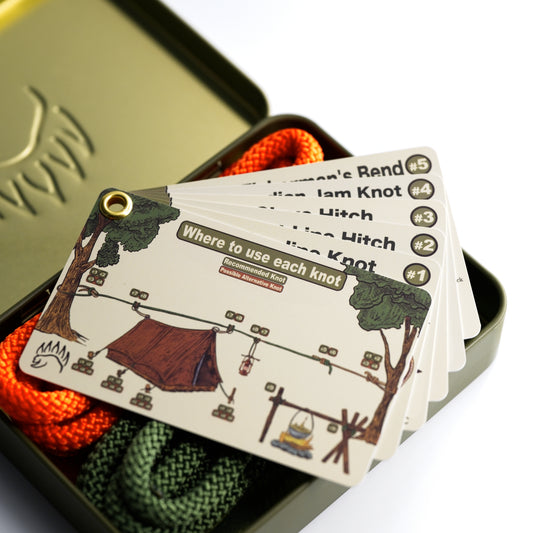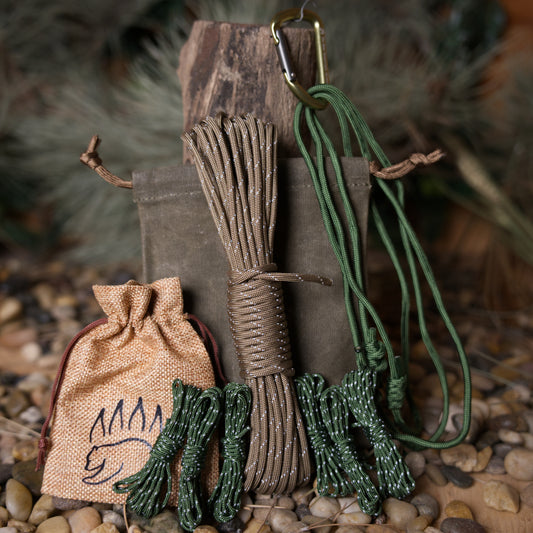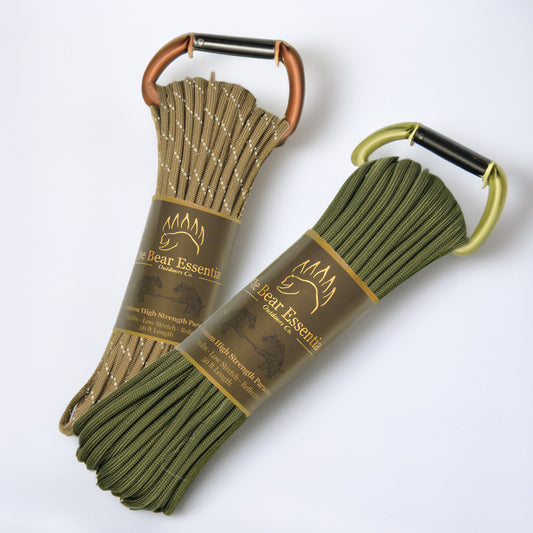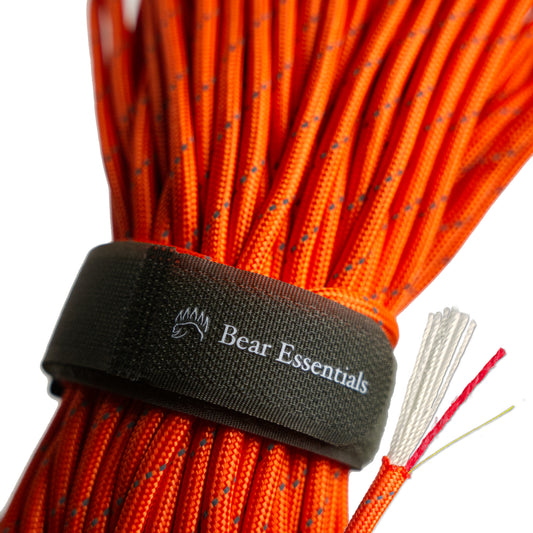How to Tie the Icicle Hitch
Usage
The Icicle Hitch is commonly used to secure a rope to a pole, icicle, or tapered object in climbing, bushcraft, and utility tasks, providing a strong grip even on smooth or narrowing surfaces.
Why Learn the Icicle Hitch?
Its specialized design ensures a reliable grip on challenging surfaces. This knot is a go-to for secure ties in demanding environments.
Common Uses
-
Climbing:
- Secures ropes to icicles or pitons for ice climbing anchors.
- Attaches lines to tapered poles or stakes for anchor systems.
-
Bushcraft:
- Ties ropes to poles or logs for shelter frameworks or dragging.
- Creates secure grips on natural anchors like branches.
-
Utility:
- Binds ropes to pipes or bars for lifting or securing loads.
- Fastens equipment to poles for temporary setups.
ABOK Number
(Ashley Book of Knots)
Other Names
Category
|
Notable Features
- Strong grip: Locks tightly on smooth or tapered poles and icicles.
- Versatile use: Suits climbing anchors, bushcraft rigging, or utility tasks.
- Load-bearing: Holds firm under tension, even on narrowing ends.
- Unique technique: Adapts to surfaces where other hitches fail.
- Field-friendly: Works with improvised anchors or natural objects.
Variations
No true variations listed in the provided data. For added security, you can add an extra wrap or a half hitch on the standing line, though this may increase bulk.
Similar Knots
Clove Hitch vs. Icicle Hitch
- Pros: Simpler and quicker to tie for basic attachments.
- Cons: Less secure on tapered or smooth surfaces compared to the Icicle Hitch.
Klemheist Hitch vs. Icicle Hitch
- Pros: Easier to tie with a loop and adjustable for climbing.
- Cons: Less effective on tapered ends or icicles, where the Icicle Hitch excels.
History
The Icicle Hitch, not explicitly listed in The Ashley Book of Knots, likely emerged in modern climbing and mountaineering contexts, particularly for ice climbing, where securing ropes to icicles or tapered anchors was critical. Its unique looping technique was developed to address the challenges of gripping smooth, narrowing surfaces. Its use in bushcraft and utility tasks highlights its versatility for unconventional anchors.
Security Level
The Icicle Hitch provides reliable gripping for light to moderate loads when tied correctly, securely holding ropes to tapered or smooth poles, icicles, or anchors. It performs best with strong, non-stretch ropes and proper tension. For heavy or critical loads, ensure extra wraps and test the grip to prevent slippage, especially on very slick surfaces.
Downsides
- Complexity: Requires practice to master the looping and locking technique.
- Binding risk: Can bind tightly under heavy loads, making untying difficult.
Structure
- Pass the rope around the pole or icicle, with the working end facing the tapered end.
- Wrap the working end around the pole 3-4 times, moving toward the thicker end.
- Pass the working end over the standing line and tuck it under the last wrap, creating a loop.
- Pull the loop tight to lock the hitch, ensuring it grips the pole securely.
- Test the hitch by applying tension to confirm it holds without slipping.
Pro Tip: Ensure wraps are tight and evenly spaced to maximize grip on the pole.
FAQ
Is the Icicle Hitch strong enough for ice climbing?
Yes, for moderate loads on icicles or poles, but test the grip and ensure proper tying.
What’s the best rope for the Icicle Hitch?
Nylon or polyester ropes, like 8-10mm, provide good grip and strength.
How does the Icicle Hitch compare to the Klemheist Hitch?
The Icicle Hitch is better for tapered ends, while the Klemheist is easier for climbing loops.
Can the Icicle Hitch be used in bushcraft?
Yes, it’s great for securing ropes to poles or branches for shelters or rigging.
Why choose the Icicle Hitch over a Clove Hitch?
It’s more secure on smooth or tapered surfaces, though harder to tie.
Important Notes on Safety
Common failure points include loose wraps or improper locking, which can cause slipping. Always verify the hitch is tight and the loop is secure before loading, especially on tapered or slick surfaces.
Check the rope for wear or slickness before tying.
Ensure 3-4 tight wraps and a secure locking loop for strength.
Practice in low-stakes settings to perfect the technique.







